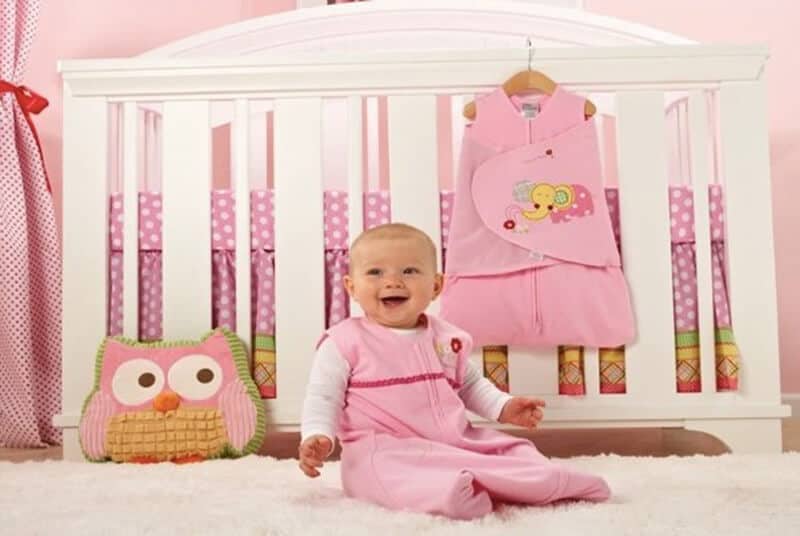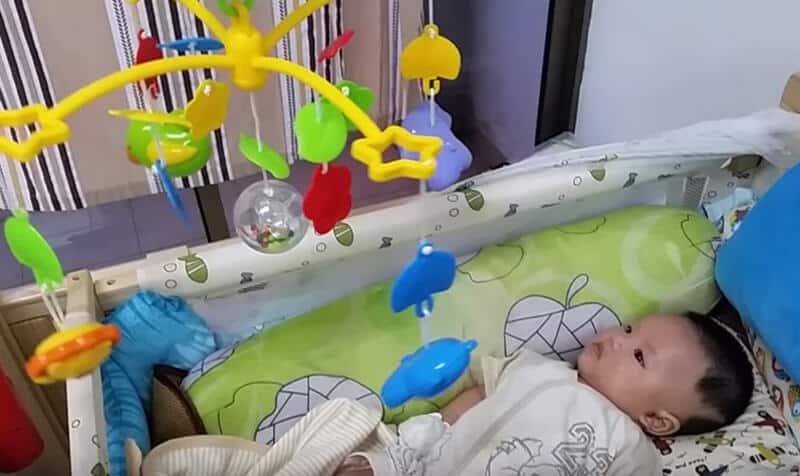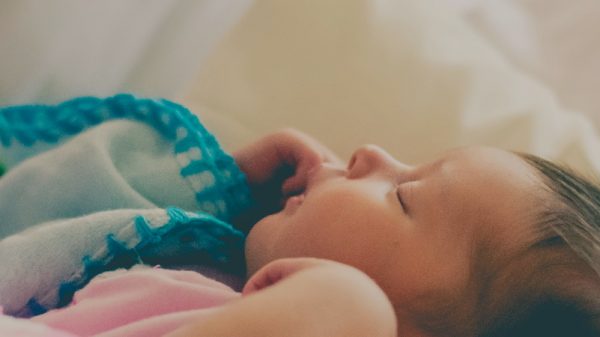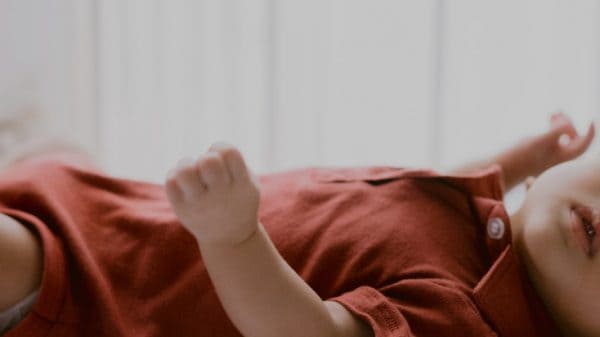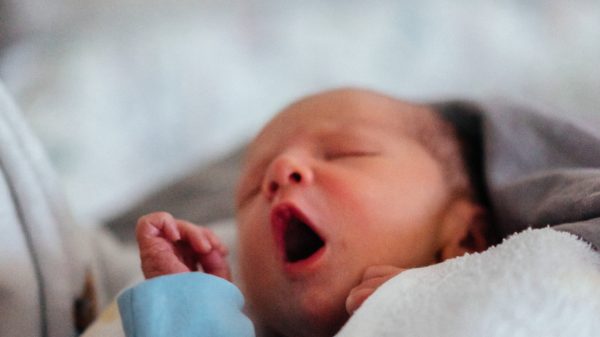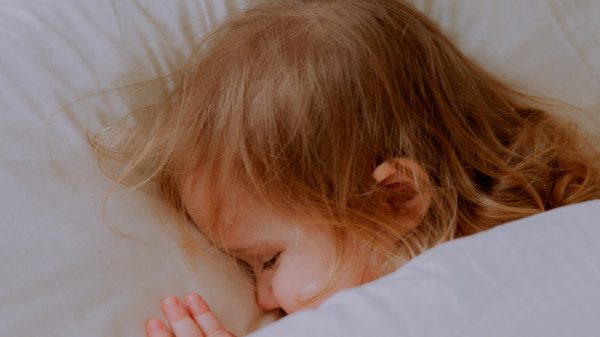As a parent, you’d want your baby to sleep comfortably at night, so you tuck them to bed and lay a blanket over their bodies to keep them warm just like how adults do during bedtime. While this may be done with good intentions, using blankets might not actually be a good idea.
These heat-trapping cloths may be comforting for adults, but they pose quite a lot of risks when used on a baby. Keep reading and find out more about the risks of blankets, alternative items to keep our babies warm at night, and ways on how to make sure they sleep safely.
Blankets and babies: What could go wrong?
Pediatricians advise against placing any loose bedding or soft objects in a baby’s sleeping area if they are still below 12 months old. This is to prevent them from suffering from Sudden Infant Death Syndrome (SIDS).
SIDS is the unexplained death of a healthy infant who is less than a year old. Also called crib death, this puzzling condition’s cause is still unknown. Experts think that it might be due to birth defects that affect the way their brains control breathing during their sleep, preventing them from waking up if their body doesn’t get enough oxygen.
While it’s not a direct cause of SIDS, larger blankets might get tangled around a baby’s neck especially if they tend to move around a lot during sleep. Also, some fabrics like quilted blankets are too thick for them to breathe through, which can be a problem if they unknowingly pull the blanket over their face while sleeping.
Alternatives for blankets to keep babies warm
Due to the added risk of SIDS, it’s best to avoid using blankets before they turn 1. Don’t worry, there are other ways to keep your little one warm at night! For safer and comfy sleeping, let them try these blanket alternatives.
Swaddle blanket
Newborns can benefit from swaddling during bedtime instead of using blankets. Swaddling involves wrapping a blanket around an infant’s body to mimic the sensation of being inside the mother’s womb. This induces a soothing and calming feeling for your baby and will help them fall asleep faster and have better sleep quality. You can keep using this as an alternative until your child learns how to roll over.
Sleep sack
How about a blanket that they can wear? Pediatricians recommend using sleep sacks, a better way to keep them warm without the risks of blankets. Made from comfortable material, these cozy sleep sacks act like a cocoon to keep your baby safe and warm at night. They are worn over their pajamas and cover their legs, but the armhole still allows movement while sleeping. It also prevents trapping too much heat and promotes proper airflow so they won’t wake up drenched in sweat.
If you are looking for an affordable but high-quality sleep sack for your baby, the HALO 100% Cotton Muslin Sleepsack Wearable Blanket is a great choice. It’s made of cotton muslin, a highly breathable material that will keep your baby warm throughout the night.
Safer sleeping for babies
Aside from avoiding blankets, there are other ways on how you can ensure the safety of your baby during sleep. Here are a few tips that you can follow:
- Make sure that your baby is sleeping on their back. Compared to other sleeping positions, this allows proper breathing during their sleep. Side and stomach sleeping is okay only if they have enough muscle strength to return to sleeping on their back.
- Avoid letting your baby sleep on a couch or a swing, especially when unsupervised.
- Remove any hanging items on the wall that might fall on the baby.
- If they know how to stand on their own without assistance, make sure to reduce the mattress of the crib. This is to prevent them from jumping out of the crib and getting themselves hurt.
- Do not forget to baby-proof their room, especially if they have learned how to escape from their crib.
- Check the room temperature if it’s warm or cold enough to help them sleep.
- Remove any toys, crib bumpers, loose beddings, or other soft items inside the crib.
- Give them a pacifier. Pediatricians say that this may help prevent SIDS. Just make sure that it’s not attached to their clothing with a clip.


